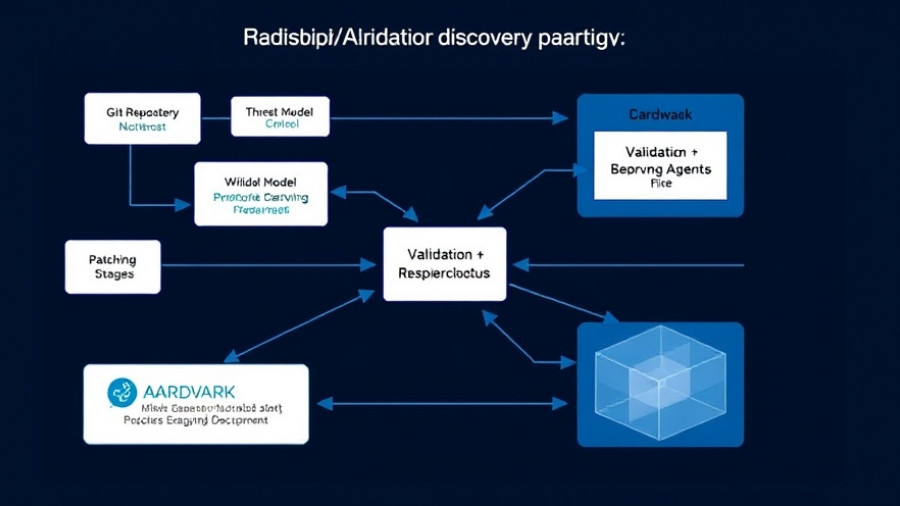
The Future of Technology: What's on the Horizon for 2025?
As we step into 2025, the world of technology stands on the brink of significant transformation driven by advancements in artificial intelligence (AI), edge computing, and the resilience of microchip manufacturing. These trends are reshaping not only how businesses operate but also how consumers interact with technology in their everyday lives.
AI Agents: Transforming Business Operations
One of the most significant trends to watch in 2025 is the rise of agentic AI. These autonomous systems are designed to operate with minimal human oversight, specializing in complex problem-solving capabilities that are increasingly essential in industries like manufacturing and logistics. According to a report from McKinsey, agentic AI could enhance efficiency by as much as 30%, an attractive proposition in today’s competitive market. The integration of these models into existing workflows can significantly reduce human error and latency, offering businesses a tactical edge.
AI Benefits in Financial Services
The financial sector is witnessing a rapid evolution as digital banks propelled by AI technologies thrived and adapted. By leveraging machine learning for fraud detection, these modern financial institutions are not just competing with traditional banks—they're surpassing them in many areas such as agility and cost-effectiveness. Posts on X indicate that this shift towards AI-driven personal finance tools will accelerate acceptance, especially in emerging markets where mobile banking solutions dominate.
The Evolution of Edge Computing and AI
The intersection of edge computing and AI presents a game-changing opportunity for businesses striving for real-time data processing and decision-making. Instead of relying on centralized systems, edge computing empowers devices to process information locally, enhancing speed and security. This technology is particularly applicable in sectors that require swift responses, such as autonomous vehicles and smart manufacturing. For instance, by reducing latency in IoT networks by up to 50%, companies can enhance predictive maintenance strategies and improve the overall consumer experience.
Significance of Domestic Chip Production
The demand for chips has intensified, making domestic production a vital area of focus for many countries. With the rise of AI and other data-intensive applications, the resilience of chip supply chains became paramount. The current climate encourages a shift towards local chip manufacturing, reducing reliance on international suppliers and ensuring a more stable supply for technology-driven industries.
Challenges to Conquer in the Emerging Tech Landscape
While the landscape brims with opportunity, there are burgeoning challenges that innovations like agentic AI and edge computing must navigate. Ethical dilemmas surrounding decision-making autonomy in AI, as well as regulatory frameworks that lag behind rapid technological advancements, represent critical hurdles. Industry stakeholders will need to engage in proactive conversations to address these challenges while leveraging innovations to drive growth.
Conclusion: Embracing a Tech-Driven Future
The next few years will set the tone for how AI, edge computing, and resilient chip production evolve. As industries adapt to these trends, individuals, businesses, and governments alike will need to embrace the transformation. Understanding and engaging with these technologies will empower players across the spectrum to not only survive but thrive in a dynamically evolving market.
 Add Row
Add Row  Add
Add 




Write A Comment